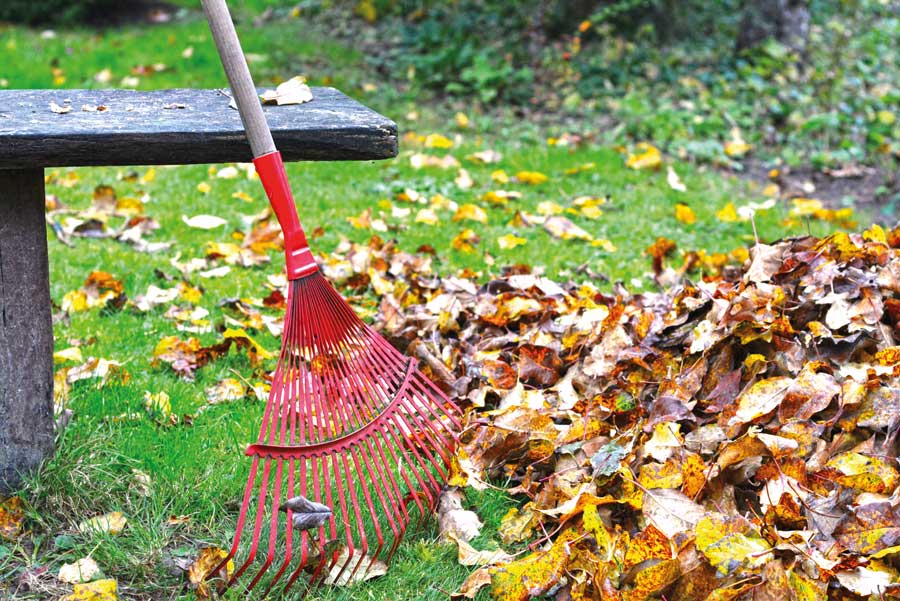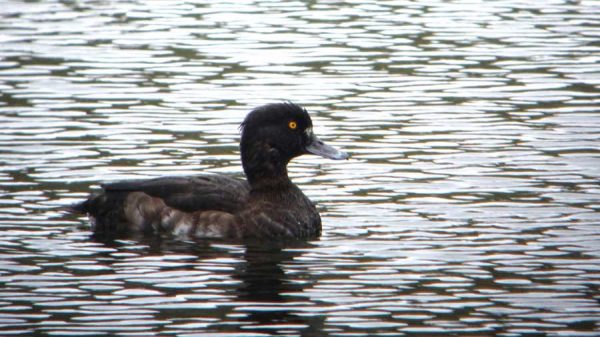I say this every November, ‘Where has the year gone?’ Then I look back at what we have enjoyed and achieved in the garden and think how lucky we are. I never tire of pottering around, or the taste of freshly harvested vegetables and fruit. But as we gather the harvest of our efforts we should be making notes of what we plan to grow next year, as before you know it spring will be upon us.
For the past couple of years I have planted both garlic and onion sets in Autumn, with quite good results, especially garlic which requires a long growing season and seems to benefit from a cool period where it can grow away slowly, concentrating on producing a good root system, which in spring will support healthy vigorous growth and hopefully develop good sized bulbs. I also find that onions do well from autumn planting and are ready to harvest late June to mid July, a month or so before spring planted sets.
I do try to rotate crops and use a three bed system, so my autumn planted garlic, shallots and onions will follow this year’s potatoes, which were lifted and stored in late September. Clear any weeds that have germinated and apply a light dressing of organic general fertiliser, I use chicken pellets, they are cheap and can be used all around the garden. A dressing of well rotted garden compost forked in just before planting will help improve soil structure. If your soil is heavy or clay then it is probably best to postpone planting until Spring.
Garlic is sold as you see it in the supermarkets, so you have to gently prise apart the individual cloves and plant about 15cm ( 6 inches) apart in rows 30cm (12 inches) apart. Each clove should be planted so that the top of the clove ( thin papery bit) is about 2.5cm (1 inch) below the surface of the soil. Planting is the same for shallots and onion sets, I then place wire cloches over the rows to deter birds from pulling up the cloves and sets, but horticultural fleece or mesh cloches work just as well. Once the plants are showing 5 – 7.5cm ( 2 – 3 inches) the covers can be taken off as they should be well rooted. I do leave my wire cloches in position as long as possible because we have a small problem with pigeons. As the soil warms up in Spring I apply another light dressing of general fertiliser and water during dry spells. They should be ready for harvesting mid to late July once the foliage turns yellow you can lift, dry and store, garlic will store for months in a cool dry place.
I like to clean my greenhouse after the summer season, choosing a mild day in November, after bonfire night as there is usually lots of ash dust flying about. I take all the plants out of the greenhouse, annuals like tomatoes, peppers, cucumbers etc, go on the compost heap whilst my pot plants, are checked over, removing dead leaves and any straggly shoots and late flower stalks. These will go back in the greenhouse once it is cleaned and kept on the dry side, only watering if the soil is very dry about two or three times over the winter period. I use a soft broom and a bucket of warm water mixed with greenhouse disinfectant (available from most good garden centres), I find warm water softens the algae and dirt better. Dip the brush in the bucket and gently scrub over both the glass and frame, finally washing down with clean water (a hose pipe is easiest). Once you have cleaned both the outside and inside, don’t forget to wash down the staging too, then plants can be returned for the winter. If your plants are not fully hardy then it is advisable to insulate the greenhouse with bubble insulation or cover plants with horticultural fleece. If your greenhouse is not heated then check which plants will need frost free conditions and either move them into the house or conservatory.

Gathering leaves can seem a boring, laborious job but it is necessary to clear paths and lawns, If left they can be slippy on paths and can weaken a lawn encouraging worm casts and moss. If your garden is fairly sheltered and only trees and shrubs then leaves can be spread on borders, but I prefer to create a leaf heap next to the compost bin as, once rotted ( in about 12 months) the resulting leaf mould is great for adding to potting compost or mulching.
Happy Gardening.
Martin
(Next month, Christmas garden delights, foliage for a festive display and looking after forced hyacinths.).







